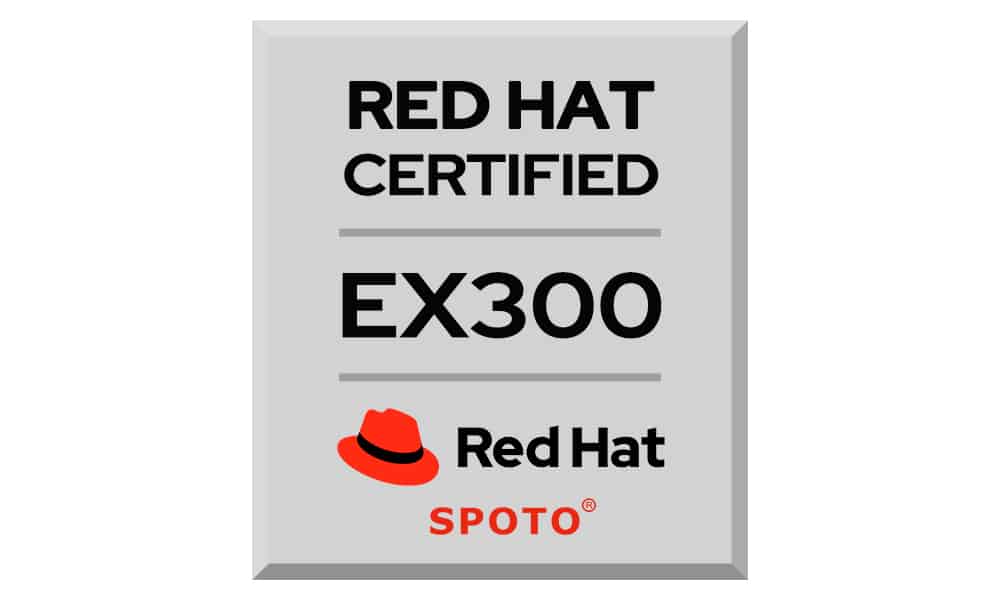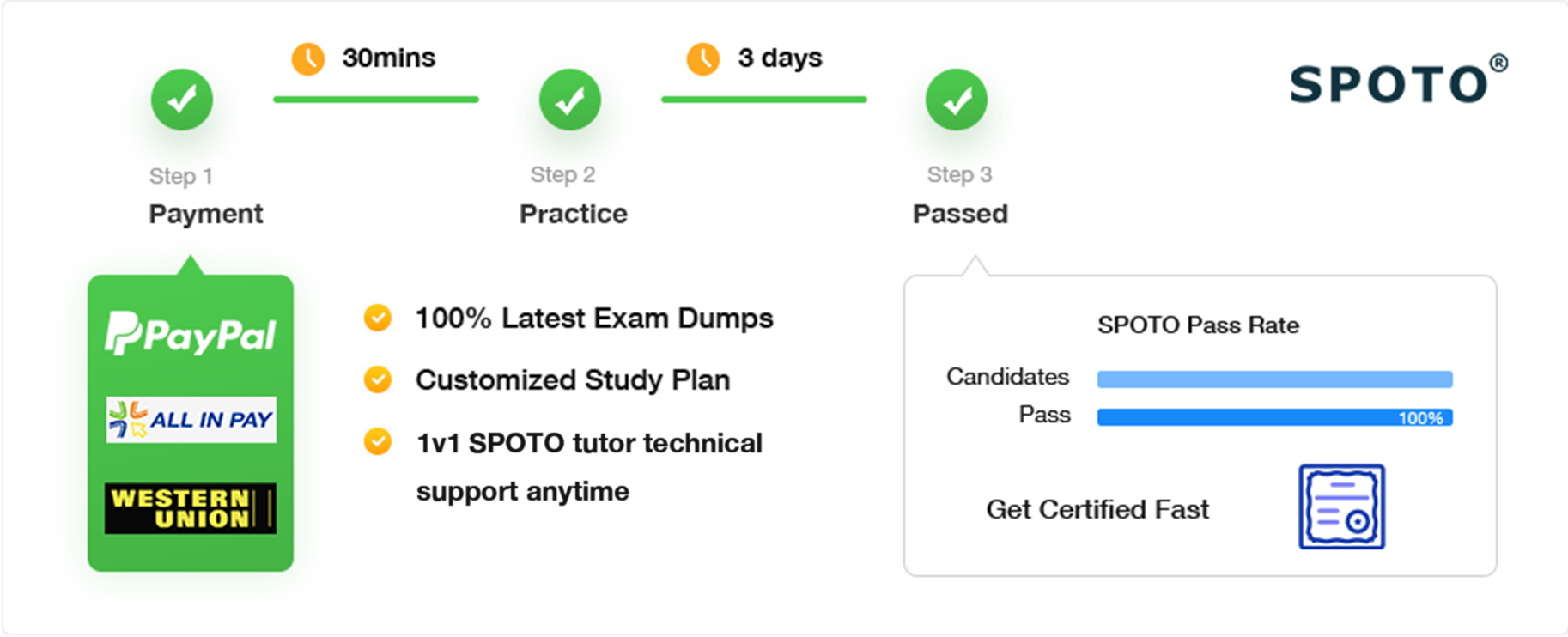 The performance-based Red Hat Certified Engineer (RHCE) exam for Red Hat Enterprise Linux 7 (EX300) tests to determine if your knowledge, skill, and ability meet those required of a senior system administrator responsible for Red Hat® Enterprise Linux® systems. Red Hat Certified System Administrator (RHCSA®) certification is required to earn RHCE® certification.
The performance-based Red Hat Certified Engineer (RHCE) exam for Red Hat Enterprise Linux 7 (EX300) tests to determine if your knowledge, skill, and ability meet those required of a senior system administrator responsible for Red Hat® Enterprise Linux® systems. Red Hat Certified System Administrator (RHCSA®) certification is required to earn RHCE® certification.
Exam Name: Red Hat Certified Engineer (RHCE)
Exam Code: EX300
Duration: 210 minutes
Prerequisites for this exam:
- RHCE Rapid Track Course, System Administration I, II, or III or equivalent experience
- Real-world system administration experience
- Use network teaming or bonding to configure aggregated network links between two Red Hat Enterprise Linux systems
- Configure IPv6 addresses and perform basic IPv6 troubleshooting
- Route IP traffic and create static routes
- Use firewalld and associated mechanisms such as rich rules, zones and custom rules, to implement packet filtering and configure network address translation (NAT)
- Configure a system to authenticate using Kerberos
- Configure a system as either an iSCSI target or initiator that persistently mounts an iSCSI target
- Produce and deliver reports on system utilization (processor, memory, disk, and network)
- Use shell scripting to automate system maintenance tasks
- Install the packages needed to provide the service
- Configure SELinux to support the service
- Use SELinux port labeling to allow services to use non-standard ports
- Configure the service to start when the system is booted
- Configure the service for basic operation
- Configure host-based and user-based security for the service
- Configure a virtual host
- Configure access restrictions on directories
- Deploy a basic CGI application
- Configure group-managed content
- Configure TLS security
- Configure a caching-only name server
- Troubleshoot DNS client issues
- Provide network shares to specific clients
- Provide network shares suitable for group collaboration
- Use Kerberos to control access to NFS network shares
- Provide network shares to specific clients
- Provide network shares suitable for group collaboration
- Configure a system to forward all email to a central mail server
- Configure key-based authentication
- Configure additional options described in documentation
- Synchronize time using other NTP peers
- Install and configure MariaDB
- Backup and restore a database
- Create a simple database schema
- Perform simple SQL queries against a database
3 خطوات للحصول على الشهادة

أسئلة وأجوبة
1. كم من الوقت للحصول على المنتج؟
بعد السداد ستستمتع بالخدمة الآن.
2. هل يمكنني اجتياز الاختبار من خلال خدمة وكيل الاختبار؟
بالتأكيد! يمكن أن تساعدك خدمة الوكيل الخاصة بنا على النجاح بنسبة 100٪. كل ما عليك فعله هو تصديقنا! سيساعدك مدرسونا المحترفون في حل جميع مشاكلك!
3. ما الذي يمكنني الحصول عليه إذا حصلت على الشهادة؟
يعد الحصول على شهادة تكنولوجيا المعلومات خيارًا جيدًا لزيادة الراتب وتعزيز حياتك المهنية. يمكنك الحصول على شهادة تكنولوجيا المعلومات التي يمكنها التحقق من قدرتك في الصناعة.
4. كيف يمكنني الحصول على خصم؟
هناك دائمًا بعض الخصومات الخاصة في بعض الأيام الخاصة. إذا كنت مهتمًا وترغب في شراء ثلاثة منتجات أو أكثر ، فيرجى الاتصال بـ support@spoto.net للحصول على خصم وتحقق بانتظام على موقعنا.
5. هل يمكن لطرف ثالث رؤية معلومات عملائك من موقع الويب الخاص بك؟
لا لا يستطيعون. تحترم SPOTO حق كل عميل في الخصوصية. نظامنا مؤمن بالكامل ، ولا نشارك أي معلومات مع أطراف ثالثة.

التقييمات التي قدمها الطلاب
0.0
تقييم الدورة
المراجعات
إضافة إلى استعراض